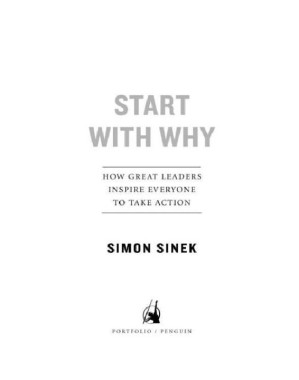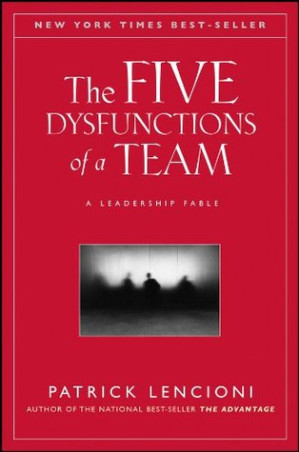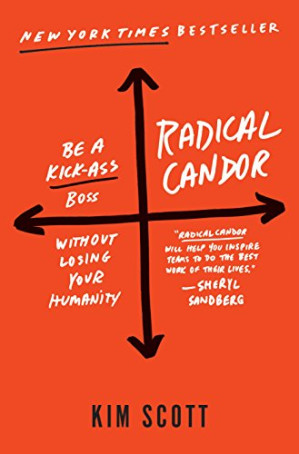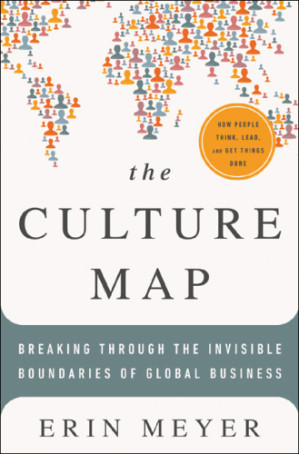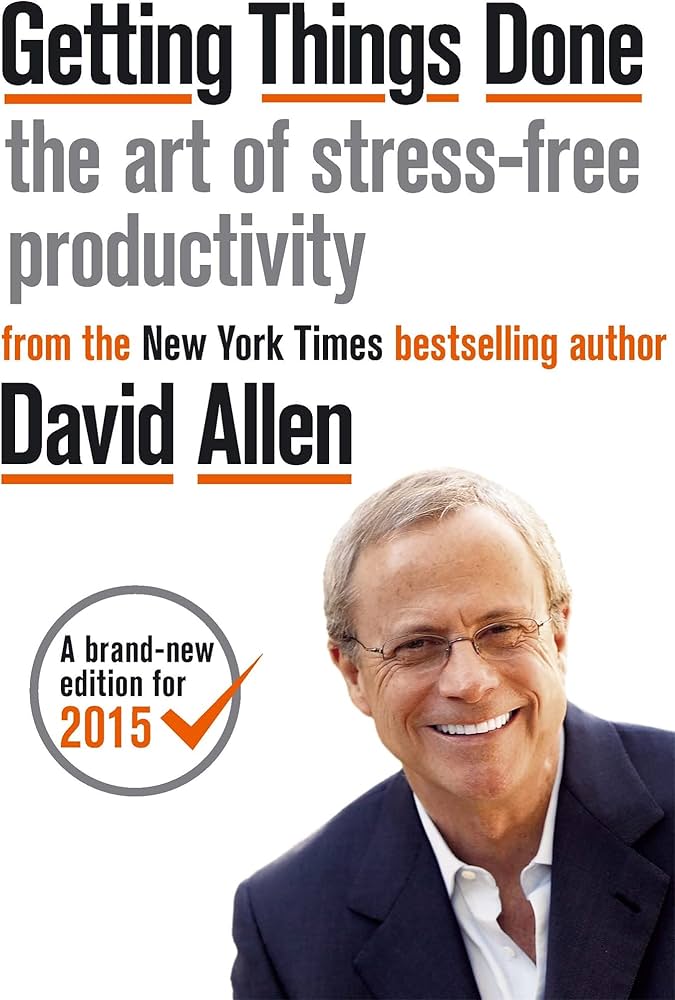This extended outline captures the most resonant concepts, practical applications, and deeper insights from Leaders Eat Last. Use it to revisit key principles for building trust-based organizations and transforming team dynamics.
The Circle of Safety in Practice
Creating Psychological Safety: Sinek emphasizes that true safety isn't just physical—it's psychological. When team members feel safe to speak up, share ideas, and admit mistakes without fear of punishment or humiliation, innovation and collaboration flourish.
Breaking Down Silos: The book provides concrete strategies for eliminating departmental barriers that create artificial competition. Cross-functional projects, shared goals, and transparent communication help expand the circle of safety across the entire organization.
Biological Foundations of Leadership
Chemical Balance: Understanding how endorphins, dopamine, serotonin, and oxytocin affect workplace behavior helps leaders create environments where people feel both accomplished and connected. Rituals, celebrations, and recognition ceremonies boost bonding chemicals.
Evolutionary Context: Sinek connects modern organizational challenges to our evolutionary past, explaining why certain leadership behaviors feel "right" or "wrong" at a biological level. This perspective helps leaders work with human nature rather than against it.
Practical Leadership Applications
Daily Practices: The book offers specific actions leaders can take daily to reinforce the circle of safety, such as eating with the team, acknowledging contributions publicly, and protecting team members from external threats.
Crisis Leadership: Leaders Eat Last provides guidance for maintaining the circle of safety during challenging times, when the temptation to prioritize short-term results over long-term relationships is strongest.

